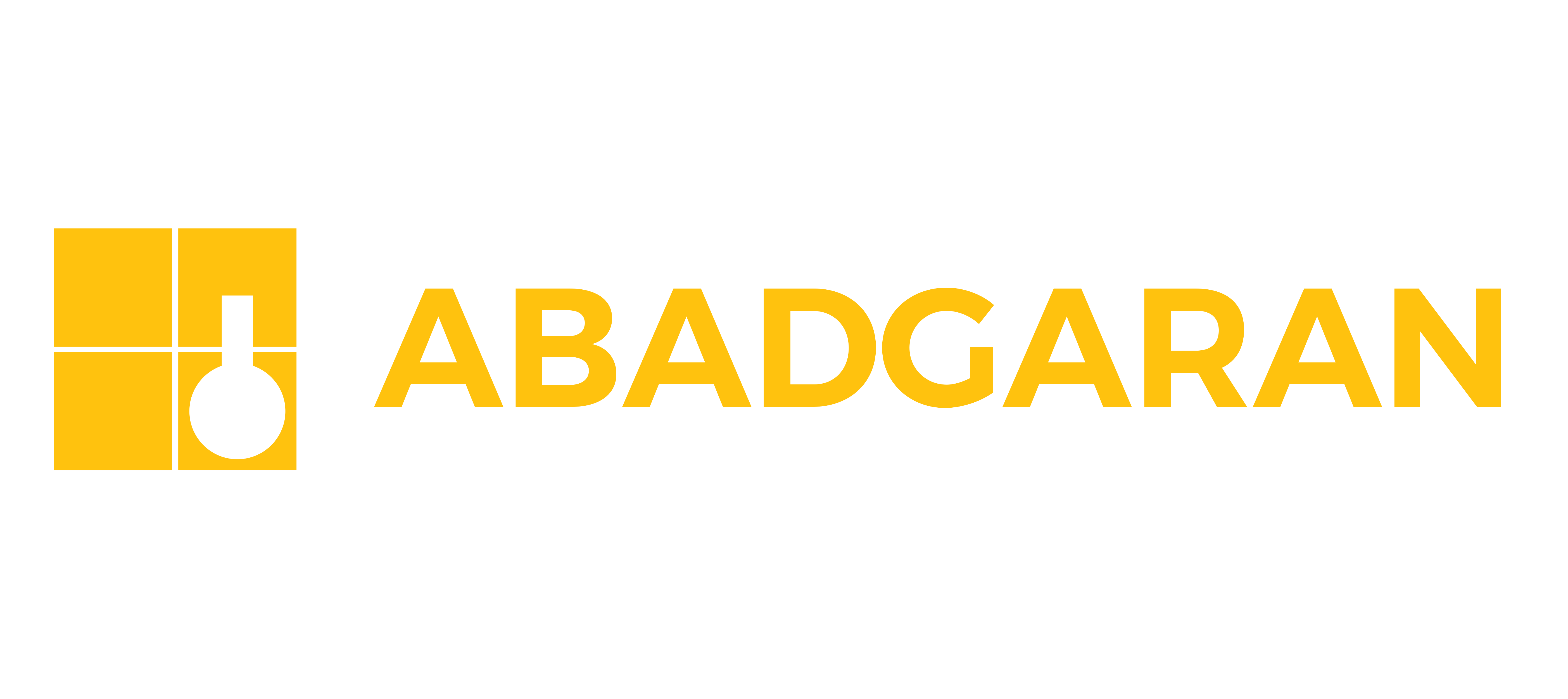Adhesive anchors, such as rebar adhesives, are widely used as a popular method for post-installed connections in concrete. These anchors have gained widespread application, especially in retrofit and renovation projects, due to their easy installation, high load-bearing capacity, and flexibility of use. Ensuring the quality of these anchors is of great importance, as failure in this area can lead to catastrophic structural failures.
In recent years, the use of adhesive rebar bonding in concrete for installing various components and structures—particularly in building renovation and improvement projects—has increased. These anchors create a strong bond between the rebar or rod and the base concrete, allowing them to withstand high tensile and shear loads. However, verifying the quality of post-installed adhesive anchors is essential to guarantee the safety and durability of the structures. Therefore, various evaluation and quality assurance methods must be carefully applied.

Adhesive Anchor Types and Applications
Adhesive anchors used in concrete structures are classified into several types, each with unique characteristics and applications. Due to their strong adhesion, ease of installation, and performance in different environmental conditions, they are widely used in construction and civil engineering projects. Generally, adhesive anchors fall into two main categories:
- Resin Anchors (Polyester, Vinylester): These use polyester or vinylester resin as the bonding agent. Mixed with appropriate hardeners, they cure quickly and form a strong bond with the rod and concrete. Resin anchors are mainly used indoors where high mechanical strength is not required.
- Epoxy Anchors: Epoxy anchors have high chemical and mechanical resistance and are used in industrial and harsher environments. Epoxies, like rebar bonding adhesives, offer high resistance to water and moisture, performing well under varying climatic conditions.

Quality Assurance Criteria for Adhesive Anchors
To ensure proper performance of adhesive anchors, quality verification must be based on these criteria:
- Adhesive Quality: Use certified adhesives approved by international standards such as ASTM and EN. Adhesives should meet technical specifications, including tensile strength, shear strength, and heat resistance.
- Installation Method: Installation must follow manufacturer instructions, including concrete surface preparation, hole cleaning, adhesive application, and insertion of rebar or anchors. Any inaccuracy may reduce bond quality.
- Mechanical Testing: Tensile and shear strength tests should be conducted on laboratory samples or actual installed anchors to assess load capacity and bonding performance under different forces.
- Bond Evaluation: Adhesion between anchor and concrete or rod is evaluated using non-destructive methods (e.g., ultrasonic testing) or destructive tests like direct tension testing to assess bond integrity.

- Periodic Inspections: After installation, periodic monitoring via visual inspections, random testing, or continuous monitoring is essential to ensure ongoing bond quality and integrity.
Testing and Evaluation Methods
- Tensile Strength Test: Measures anchor bond resistance to tensile loads by gradually applying tension until bond failure or rod rupture occurs. Results indicate maximum tensile strength.

- Shear Strength Test: Determines the anchor’s resistance to shear loads. The test specimen is subjected to a shear force, simulating real structural conditions.
- Ultrasonic Testing: A non-destructive method that sends ultrasonic waves through the adhesive anchor to detect internal cracks or weak bonding zones by analyzing reflected signals.
- Thermal Testing: Evaluates adhesive performance under different temperatures, checking durability under high and low thermal conditions.
Common Problems and Challenges
- Improper Surface Preparation: Dust, oil, or moisture in holes weaken adhesion and reduce bond quality.
- Incorrect Adhesive Use: Overuse, underuse, improper mixing, or ignoring curing times and manufacturer instructions can lower bond effectiveness.
- Ignoring Installation Guidelines: Failing to apply proper pressure during anchor installation may result in weak bonds and unstable performance.
- Environmental Effects: High temperature and humidity can affect curing time and final adhesive strength; installation under adverse weather may reduce durability.
Methods to Improve Adhesive Anchor Quality
- Training Installation Teams: Proper training on surface preparation and correct installation improves bond quality.
- Using Advanced Equipment: Precise mixing and installation tools reduce human error and increase accuracy.
- Continuous Quality Control: Implementing routine inspections, random testing, and post-installation assessments helps identify problems early and enhance adhesive performance.
- Selecting High-Quality Materials: Using certified, high-quality adhesives and anchors extends lifespan and ensures reliable performance.

Summary
Post-installed adhesive anchors in concrete are an effective method to connect components and enhance concrete structures. Quality assurance through mechanical testing, bond evaluation, and periodic inspections is vital. Adhering to manufacturer guidelines, using quality materials, and applying robust quality control improve durability and safety. Utilizing advanced technologies ensures adhesive anchors perform well under various environmental conditions, contributing to structural stability and safety.



![]()





